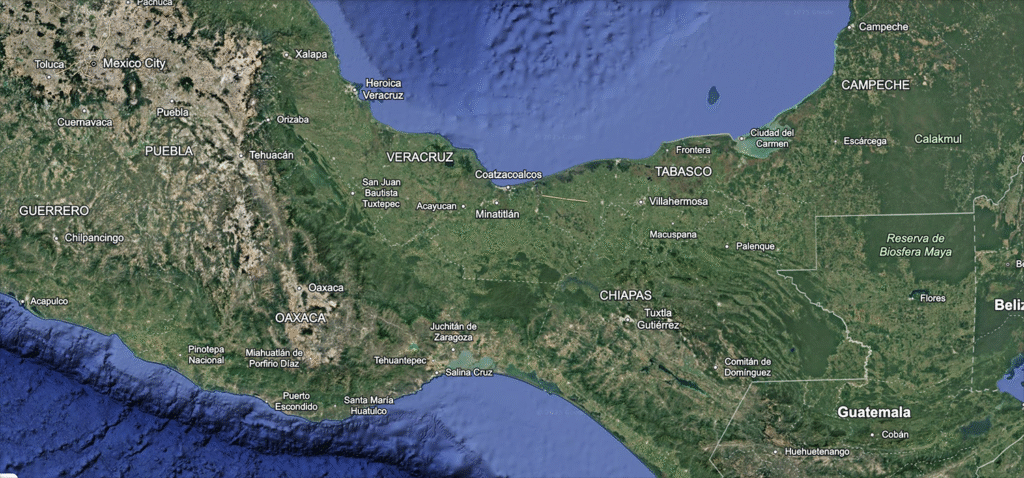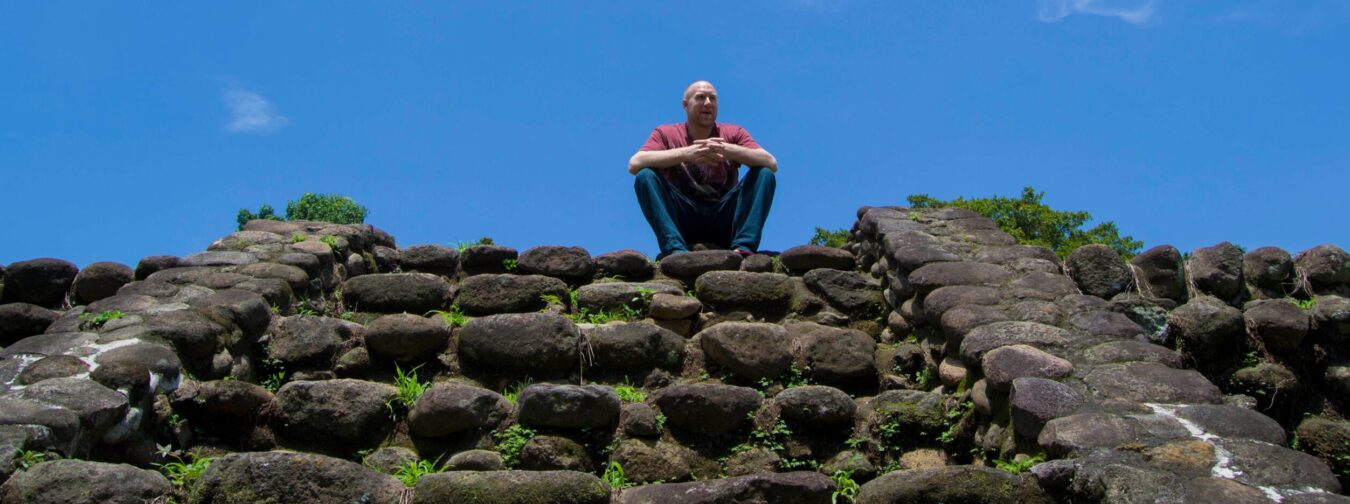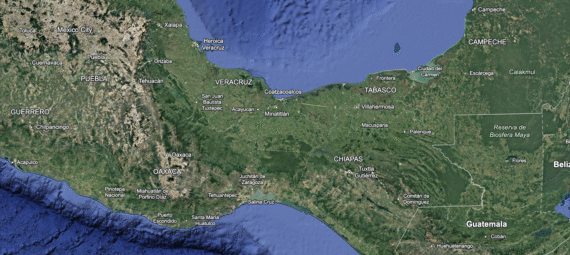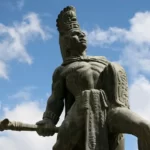One of the more interesting geographic features mentioned in the Book of Mormon is the “narrow neck of land” , a small, strategic “land bridge” that connects the land northward with the land southward. Though briefly mentioned, this feature has generated considerable interest and debate.
What Is the Narrow Neck of Land?
In essence, the narrow neck is described as a geographic bottleneck, linking two large regions, the land northward and the land southward. It’s depicted as a thin strip of land flanked by bodies of water on either side, functioning much like an isthmus. The Book of Mormon gives us several clues about its characteristics, purpose, and significance.
Key Characteristics from Scripture
1. Connects Two Major Lands
The narrow neck links the land northward (often associated with the Jaredite civilization) with the land southward (home to Nephite and Lamanite civilizations).
Alma 22:32
“…there being a small neck of land between the land northward and the land southward.”
2. Surrounded by Seas
It’s located between two seas, referred to as the east sea and the west sea, further reinforcing its isthmus-like quality.
Alma 50:34
“…the narrow pass which led by the sea into the land northward, yea, by the sea, on the west and on the east.”
3. A Day to a Day and a Half Across
Travel across this land bridge is described as taking a day to a day and a half for a Nephite. This gives a rough estimate of its width, likely 20 to 40 miles, depending on terrain and travel methods.
Alma 22:32
“…only the distance of a day and a half’s journey for a Nephite… from the east to the west sea.”
Helaman 4:7
“…it being a day’s journey for a Nephite, on the line which they had fortified…”
4. Strategic Military Importance
The narrow neck was heavily fortified to control movement between the two lands. It was often the scene of military standoffs and defense efforts, making it a vital chokepoint.
Alma 52:9
“…secure the narrow pass which led into the land northward, lest the Lamanites should obtain that point and should have power to harass them on every side.”
5. Scene of Migration and Exploration
It was used as a route for exploration and migration. Hagoth, built ships near the narrow neck and sailed into the land northward, possibly suggesting the presence of a harbor or access to open waters.
Alma 63:5
“Hagoth… went forth into the land northward by the narrow neck which led into the land northward.”
6. Jaredite Record
The book of Ether, part of the Jaredite history, also references the narrow neck, although this is commentary from Moroni. It doesn’t appear that the Jaredites used the narrow neck as any type of geographic marker.
Ether 10:20
“…a great city by the narrow neck of land, by the place where the sea divides the land.”
| Scripture | Phrase Used | Directional Info |
|---|---|---|
| Alma 22:32 | small neck of land | Connects north/south |
| Alma 50:34 | narrow pass | Sea on west and east |
| Alma 52:9 | narrow pass | Into land northward |
| Alma 63:5 | narrow neck | Leads into land northward |
| Helaman 4:7 | Fortified line | East to west sea |
| Ether 10:20 | narrow neck of land | Sea divides the land |
| Mormon 2:29 | narrow passage | Into land southward |
| Mormon 3:5 | narrow pass | Into land southward |
Why Does It Matter?
Understanding the narrow neck of land isn’t just about geography, it’s about context. This small stretch of terrain had enormous implications for trade, military control, migration, and civilizational boundaries. Its repeated mention suggests it was well-known and crucial in Nephite culture.
Real-World Speculation
Many researchers have tried to tie the Book of Mormon’s geography to real-world locations. One popular theory places the narrow neck at the Isthmus of Tehuantepec in southern Mexico. This region fits many of the textual descriptions: it connects large land masses, has access to both coasts, and can be crossed relatively quickly.

I’m not convinced of that the isthmus is the narrow Neck of land. The main reason is that the isthmus is roughly 250 km. That is way too much for a Nephite to travel in 1.5 days. For that reason I don’t believe the whole isthmus is the narrow neck.
Questions
- Are the Small neck of Land, the Narrow Pass, and the Fortified line all the same feature or are they different entirely?
- Why is it specifying the travel time for a Nephite? Was it different for a Lamanite?
- What made this area worth fortifying and defending?
- How did control over the narrow neck influence military, political, and cultural power?
- If Hagoth launched ships from this region (Alma 63:5), was there a river or bay suitable for shipbuilding?





